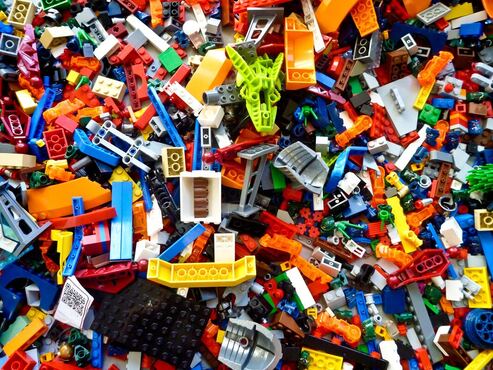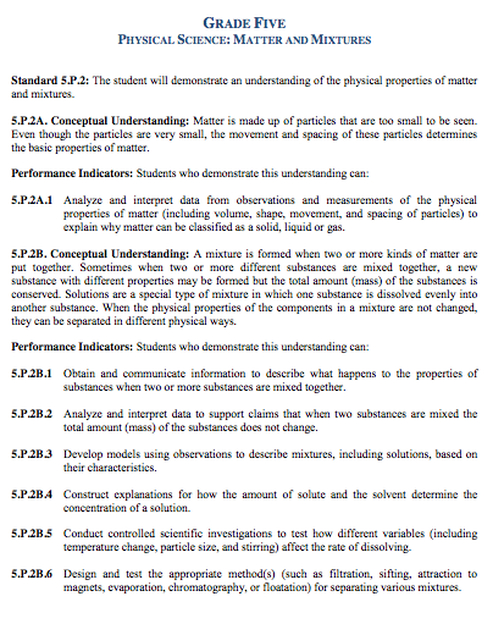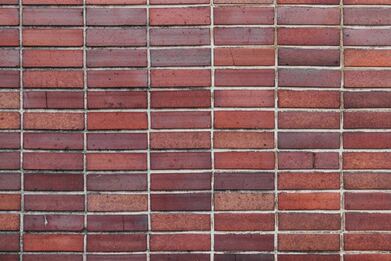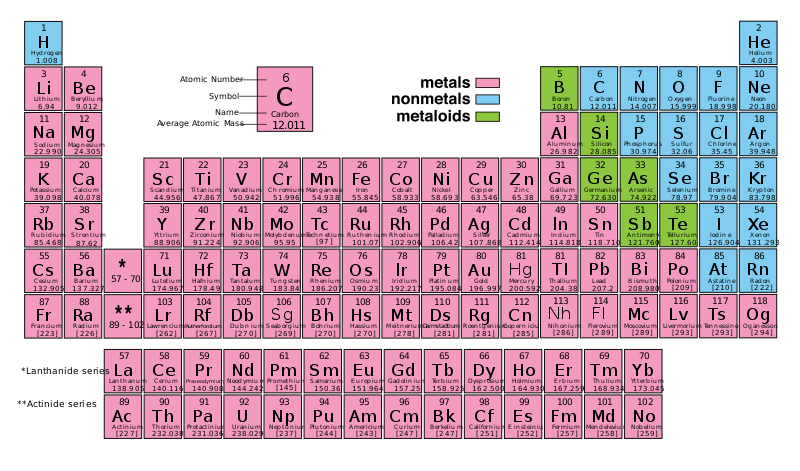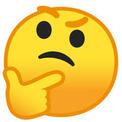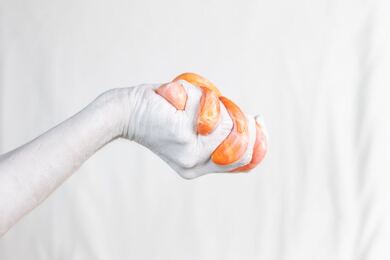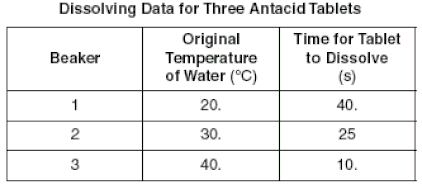5th Grade - Matter and Mixtures
Instructions: Students, complete the portion your teacher assigns.
Read the info in black. Write the info in blue in your science journal.
Read the info in black. Write the info in blue in your science journal.
|
To get started, click to read the story of the
Crow & the Pitcher. What properties of matter did the crow use in order to reach the water? |
|
Matter
Sketch a brick that is 20cm long, 8cm wide, and 6cm high.
Use the formula length x width x height to calculate the volume of the brick. 960 cubic centimeters |
|
|
Copy the chart. Complete it as you watch the video above. |
Examples |
Description based on shape and volume |
Description based on atoms |
Solids |
- |
- |
- |
Liquids |
- |
- |
- |
Gases |
- |
- |
- |
- What else did you learn from the video?
- Did the video leave you with any questions?
|
Slime Recipe 1. To make this slime 20 grams of white glue, 20 grams of water, and 1 gram of orange food coloring were stirred together making a glue solution. 2. Next, 10 grams of borax was stirred with 20 grams of water making a borax solution. 3. Finally, the glue solution and the borax solution were combined and stirred. |
- Based on the photo, or your experience with slime, it is a solid, liquid, or gas?
- Based on the recipe, what is the total mass of the slime?
- Why did the glue, water, and food coloring need to be stirred?
- Based on the context clues, what is a solution?
- The word mixture is not in the recipe, but what is a mixture?
- What word in the recipe could have been the word mixture?
|
Copy the Solubility Chart
|
A 5th grader at Rock Hill Elementary School conducted an investigation. Her data is shown in the chart. link
|

